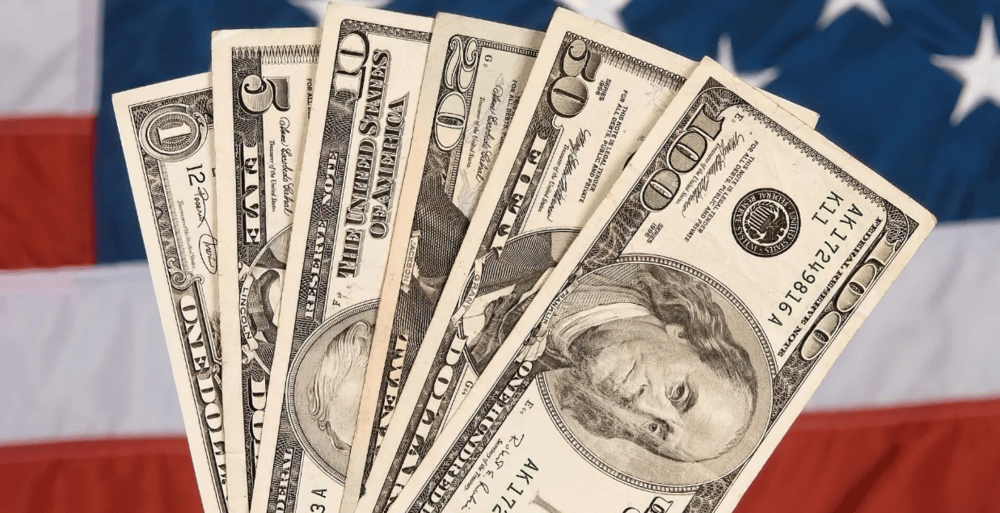U.S. Dollar in Focus as Nationwide Protests Target Trump Policies During Military Parade
Planned protests across major U.S. cities this Saturday, organized by the activist group "No Kings," are drawing heightened attention from investors and political analysts alike. The demonstrations are scheduled to coincide with a high-profile military parade in Washington, D.C., commemorating the 250th anniversary of the U.S. Army—and notably timed with former President Donald Trump's 79th birthday.
The convergence of political dissent, public demonstrations, and national military celebrations has sharpened focus on civil stability and its potential implications for investor sentiment and the USD. Tensions escalated following recent immigration enforcement actions in Los Angeles, which reignited debates over domestic policy and constitutional rights.
Trump issued a public warning Tuesday, urging protesters to avoid disrupting the military parade. The message, widely circulated, has been viewed by critics as an attempt to delegitimize dissent during a politically symbolic moment.
Political Symbolism and Economic Undercurrents
The Saturday events embody the intersection of national identity, executive authority, and public protest. While the military parade highlights American military strength and historical legacy, the parallel protests reflect growing discontent with Trump-era immigration policies and broader governance issues.
The "No Kings" coalition, which identifies as a decentralized network opposing authoritarian tendencies, has organized the demonstrations to challenge what it describes as a concentration of executive power and erosion of civil liberties. The juxtaposition of state-led pageantry and grassroots resistance brings political polarization into sharp relief.
Investor concerns have surfaced over the potential for unrest to disrupt public events or draw significant law enforcement responses, particularly in urban economic centers such as New York, Los Angeles, and Chicago. While market volatility remained moderate ahead of the weekend, analysts flagged the situation as a key non-economic variable to monitor.

Snapshot: Protest Dynamics and Risk Factors
📌 Event Timing: Protests coincide with U.S. Army’s 250th anniversary parade and Trump’s birthday
📌 Geographic Reach: Demonstrations planned in over 20 U.S. cities, including Los Angeles and Washington, D.C.
📌 Organizers: "No Kings" coalition — decentralized activist network
📌 Policy Focus: Immigration raids, executive overreach, civil rights
📌 Political Messaging: Trump issued a warning against protest disruptions
Market and Institutional Reactions
The U.S. dollar (USD) remained stable in early trading, although political risk analysts flagged the situation as potentially disruptive if protests escalate or provoke a security crackdown. Equity markets (SPX, DJIA) showed limited movement, but options activity around defense and security stocks indicated short-term hedging behavior.
Security preparations have intensified in Washington, with the Department of Homeland Security coordinating with local agencies to ensure safety during the parade and possible counter-demonstrations. Risk advisory firms have updated their guidance on crowd management, particularly for businesses operating in central urban areas.
The events also carry reputational risk for Trump-aligned political organizations, especially if coverage frames the parade as being overshadowed by domestic discord. Media narratives over the weekend may influence broader perceptions of political stability ahead of the 2026 midterm elections.

Strategic and Market-Relevant Takeaways
Event Overlap – Symbolic overlap of Trump birthday, military pride, and civil resistance increases political sensitivity.
Market Monitoring – USD and SPX under quiet watch; risk-adjusted positioning by institutional players noted.
Urban Risk – Potential for transit disruptions, crowd control issues in major cities.
Messaging Battle – Competing narratives between state legitimacy and civil liberties.
Investor Focus – High alert on non-economic drivers shaping market sentiment in Q2 2025.
Political Optics and Dollar Sentiment on Collision Course
The confluence of large-scale protests and nationalistic celebration events in the U.S. creates a politically volatile backdrop with potential ramifications for investor psychology and media framing. While the U.S. dollar has not yet reacted sharply, markets remain alert to symbolic events that may shape broader economic narratives.
As the United States continues to navigate post-pandemic polarization and contested governance models, the June 2025 demonstrations serve as a barometer of civic sentiment—and a real-time stress test of institutional resilience in the public square.















Comments
Forward-leaning investment decisions continue to accelerate the pace of digital infrastructure development
The overlap of protests, military celebrations, and high-profile political moments makes me wonder how these turbulent events will ultimately shape public sentiment and market confidence.